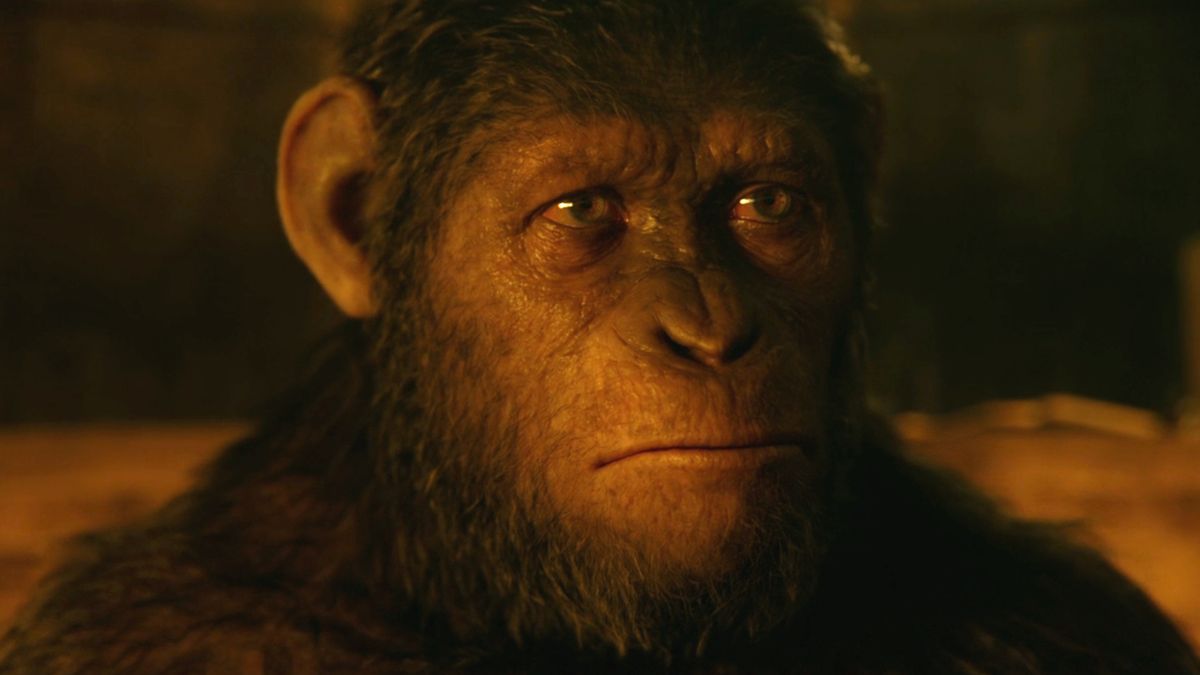Products You May Like
In reality, the history of the Planet of the Apes movies spans almost 60 years, with 10 entries to its name. However, the world inside one of the best sci-fi movie franchises crosses years, decades, even centuries in the story it tells. With that in mind, and in celebration of the 2024 movie Kingdom of the Planet of the Apes, I felt it was a good time to focus solely on Caesar’s legacy in the modern run of films.
So, as briefly but as detailed as possible, I’m going to share with you all the history of the Planet of the Apes (Caesar’s Version). As such, there’s room for updates and refinements, as Kingdom isn’t out yet. Not to mention there’s plenty of tie-in media worth mining.
If you want to catch up on history the long way, you can use your Hulu subscription to watch the entire Caesar trilogy. But. for now, let’s jump back to the beginning of the Planet of the Apes.
2011 – The Capture Of Bright Eyes/Birth of Caesar
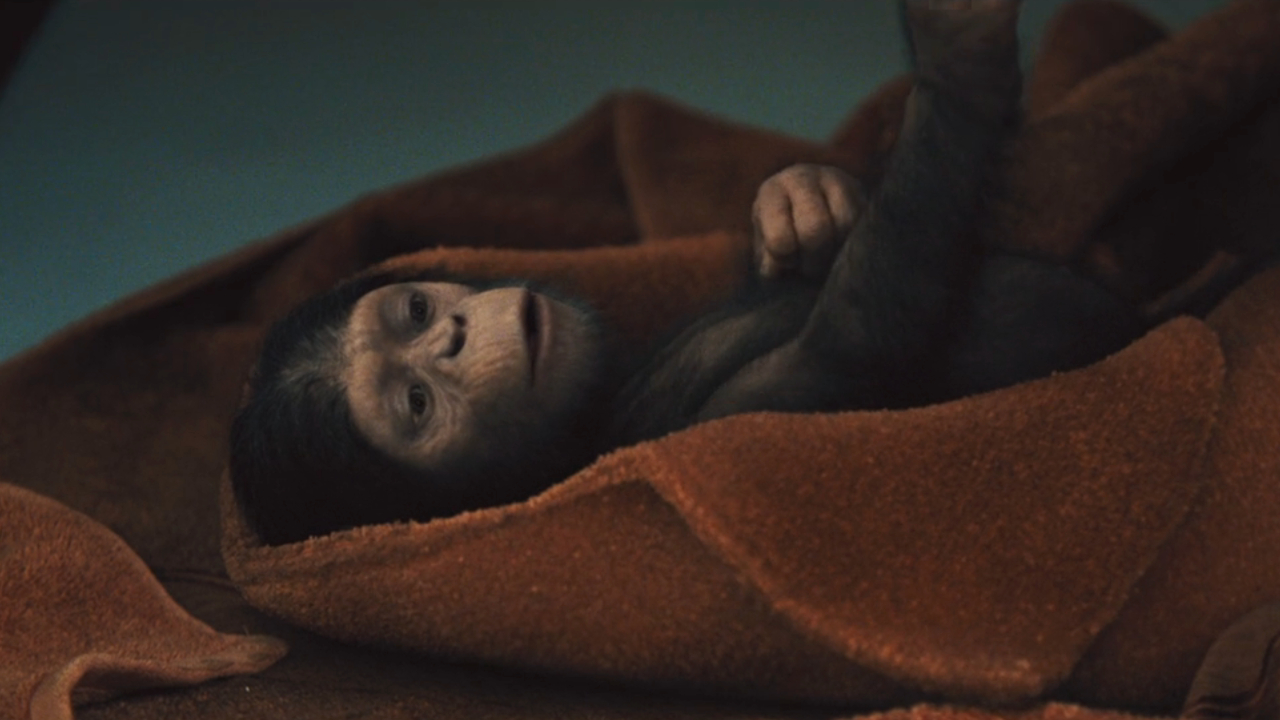
Rise of the Planet of the Apes sees Bright Eyes captured in the wild, and eventually giving birth to Caesar (Andy Serkis). Killed due a violent misunderstanding between herself and her human handlers, lab assistant Robert Franklin (Tyler Labine) is ordered to kill all the remaining test subjects.
Which left Dr. Will Rodman (James Franco) to raise the baby ape he couldn’t kill himself. In the aftermath, scientific breakthroughs would be achieved, with Casear becoming the leader that would change the world.
Dr. Will Rodman’s ALZ-112 Virus Kickstarts Ape Evolution
Through his experiments at the GenSys, Dr. Rodman attempted to find a cure for Alzheimer’s Disease. Creating the ALZ-112 virus as a potential treatment, that pathogen was used in laboratory experiments on apes, with Bright Eyes being part of those trials.
In raising Caesar, he notices that the leaps and bounds of cognitive function are a sign that he’s onto something. Further experimenting on Charles (John Lithgow), his Alzheimer’s patient father, the benefits of this wonder drug seem to advance both humanity and ape kind. That symbiosis would be short lived.
2016 – Dr. Will Rodman Invents The ALZ-113 Virus
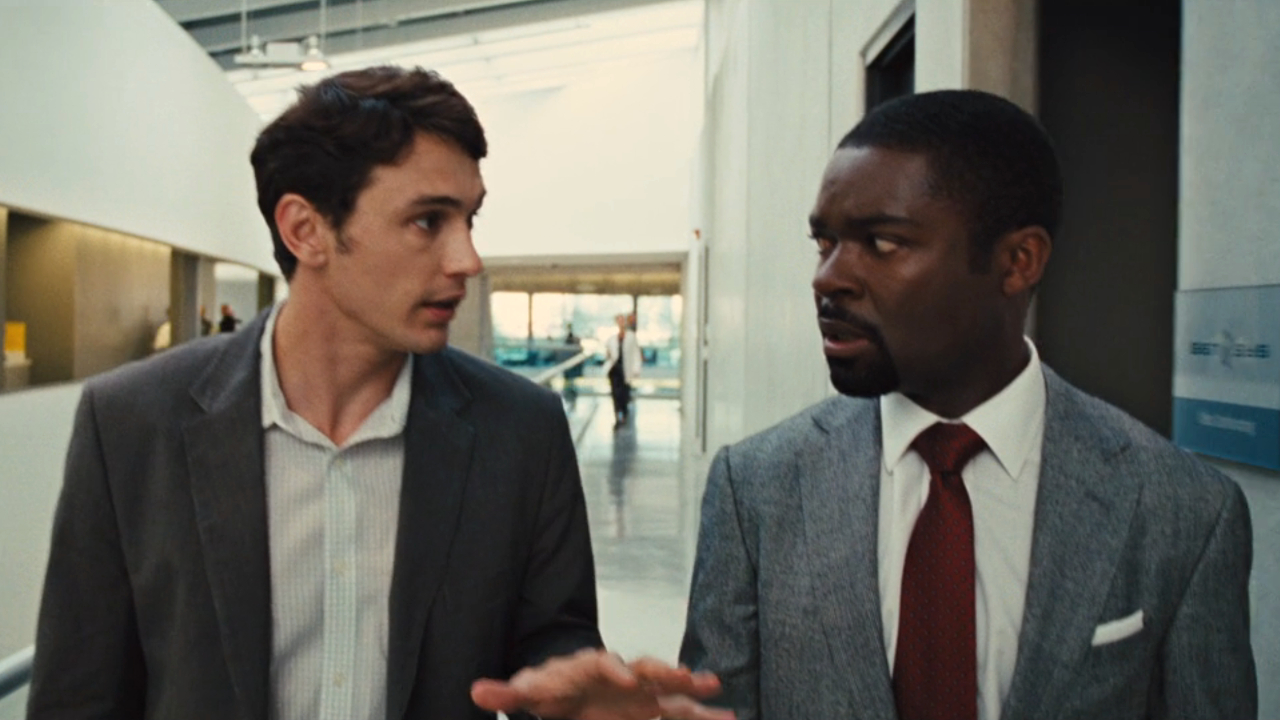
With ALZ-112 losing its potency with Charles Rodman, Will goes back to the drawing board and creates the ALZ-113 virus. Designed to combat the immunity that his father has built to the treatment, tests are eventually carried out on a fresh batch of ape subjects; including Caesar’s future lieutenant/nemesis Koba (Christopher Gordon/Toby Kebbell).
Meanwhile, Caesar is held in captivity at this point, after assaulting next door neighbor/airline pilot Douglas Hunsiker (David Hewlett). Meeting other Planet of the Apes figures like Maurice (Karen Konoval) who will join his eventual rebellion, a fateful jailbreak would bring the first conflict between humans and apes to a head.
Caesar’s Rebellion Rages Through San Francisco
Escaping from the corrupt facility that held them, Caesar and his fellow apes head to GenSys labs, releasing the ALZ-113 test subjects. Some of the apes lose their lives in the skirmish which raged through San Francisco, and into the sanctuary of the Muir Woods.
In a tearful goodbye, Caesar and Dr. Rodman say their goodbyes, with Rise of the Planet of the Apes’ protagonist proclaiming “Caesar is home.” Save for a cameo of unused footage in Dawn, it is presumed that Dr. Rodman dies in the gap between this origin story and its first sequel.
For ape kind, the future is looking pretty bright at this moment. But, in the world of humanity, the darkest hours are looming ahead.
The Simian Flu Pandemic Begins
In a previous lab accident involving a test with Koba, lab assistant Robert Franklin is exposed to ALZ-113 in its aerosol form. That was all it took to make the man fatally ill with what would eventually be known as the Simian Flu.
Acting as Patient Zero for the Planet of the Apes pandemic, Franklin accidentally infects Douglas Hunsiker, just as he’s leaving for work. Boarding an international flight he’s scheduled to pilot, Douglas begins to have a nose bleed as he walks through the terminal.
Thus began the Simian Flu Pandemic, which wipes out the majority of humanity, leaving the survivors to try and eke out an existence. In the aftermath, the dawn of apes would lead to total war between the species, as a result of further tragedies detailed in tie-in media, such as author Greg Keyes’ novel, Dawn of the Planet of the Apes: Firestorm.
2026 – Contact Between Apes And Humanity Is Re-Established
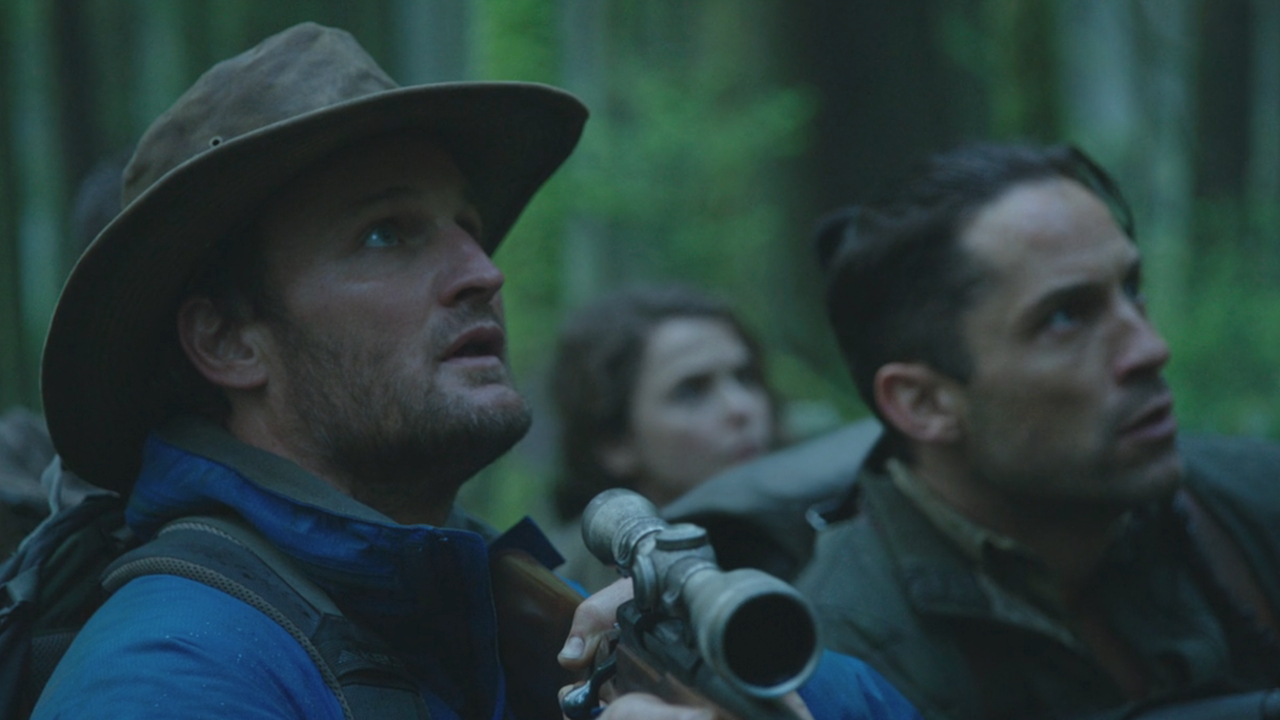
As Maurice points out early on in Dawn of the Planet of the Apes, “ten winters” pass between the first Matt Reeves-directed sequel and the events of Rise of the Planet of the Apes. What’s also confirmed, thanks to details from Dawn’s official website, is that contact between apes and humans has broken down in the decade between.
Those who have survived, like Malcolm (Jason Clarke), Dreyfus (Gary Oldman), and the rest of the San Francisco Human Colony, are immune to the Simian Flu. Struggling to survive, it’s in this period that humans and apes would re-establish contact; for better or worse.
Caesar And Malcolm’s Partnership Rediscovers Electric Power
Malcolm’s main mission in Dawn of the Planet of the Apes is to restore a hydroelectric dam. With this plant up and running, the San Francisco colony would find itself thriving once again, and with the ability to contact the outside world. There’s just one problem: that dam is in close proximity to Caesar and his apes.
With a newborn at home, and a decade of dominance under his belt, the ape statesman begrudgingly allows the humans to complete their efforts. Unfortunately, another tide of rebellion is brewing, thanks to the actions of Koba, an ape who values defending against humanity over his loyalty to Caesar.
Koba Launches A Coup Against Caesar
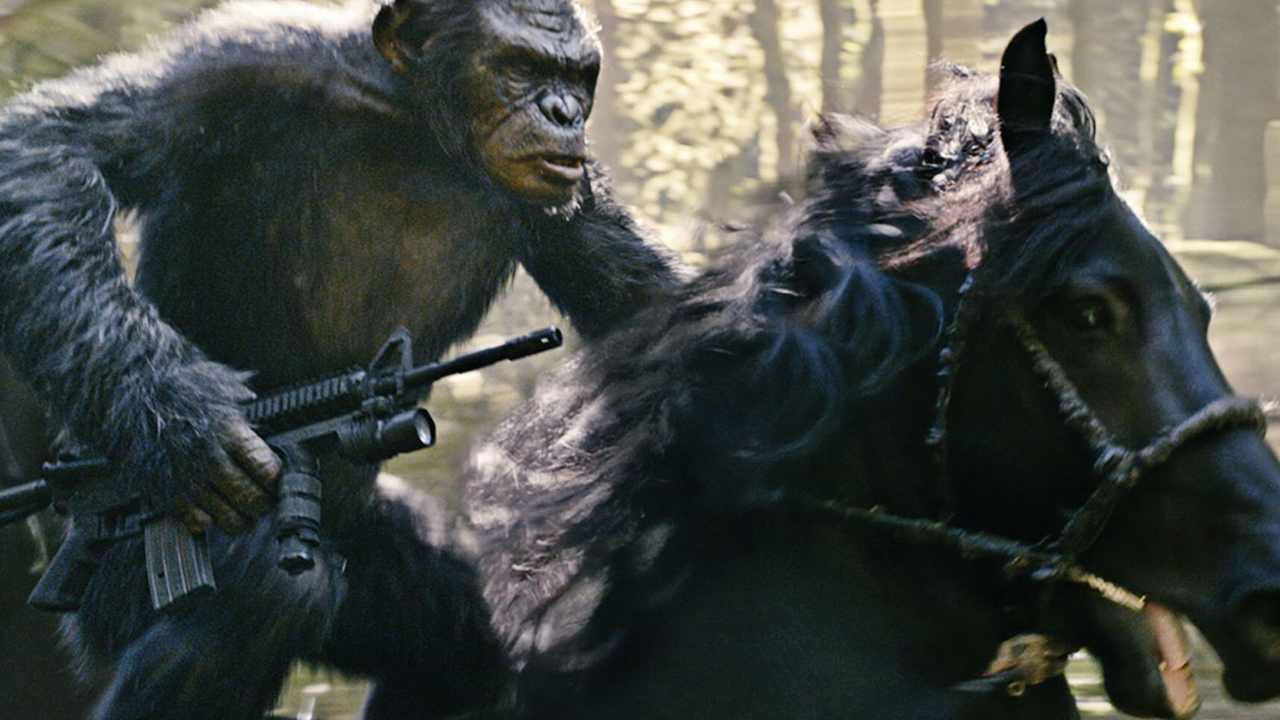
A growing rift between Caesar and Koba leads to a failed assassination attempt that wounds Caesar. As the lead ape is thought to be dead, Koba’s coup to sabotage human/ape relations progresses, now that the major obstacle has seemingly been removed. Seizing arms and corralling humans and ape dissidents alike, Koba breaks the golden rule of the Ape kingdom: “Ape not kill ape.”
Launching an armed attack on San Francisco, Dawn of the Planet of the Apes sees Koba shattering the fragile truce that could have led to a new golden age. As a result, his human counterpart, Dreyfus, makes a decision to call in military reinforcements, just before power is once again cut.
Caesar Kills Koba, With War On The Horizon
Recovering from the attempt on his life, Caesar returns to the battlefield in an attempt to stop Koba. As the two apes fight for their respective views on humanity, Caesar gains the upper hand. Allowing Koba to drop to his death, his justification in breaking his own law is that his former friend is no longer seen as an ape.
Experiencing another tragic farewell, the once and future leader of the Planet of the Apes spares Malcolm and allows him to escape. Both man and ape lament that peace eluded their grasp, which gives way to Caesar seemingly regaining the trust of his fellow apes. Unfortunately, peace is no longer an option, and the War for the Planet of the Apes is underway.
2028 – The Alpha-Omega Batallion Launches A Sneak Attack On Caesar
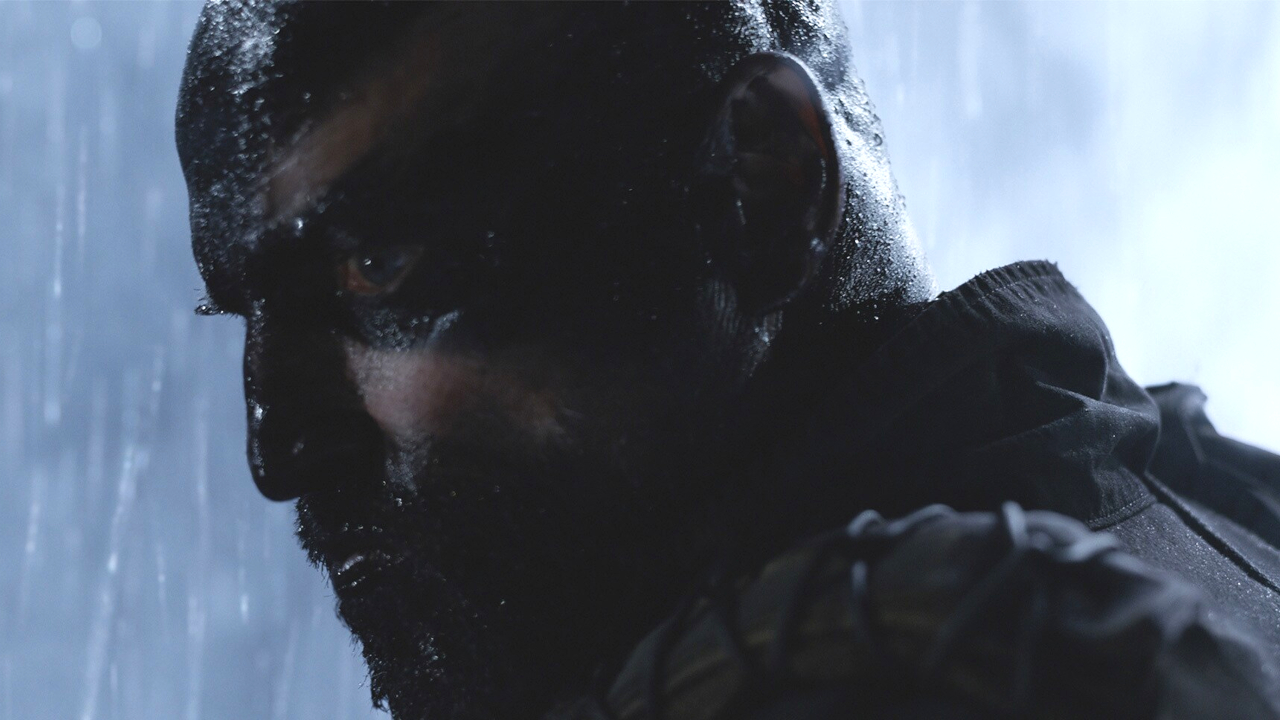
Per the opening titles to War for the Planet of the Apes, we jump another two years into the future. After the events of Dawn of the Planet of the Apes, the Simian Flu seems to have done its job, until a new complication rears its head.
Continuing the fight to save humanity, Colonel J. Wesley McCullough (Woody Harrelson), also known as “The Colonel,” and his Alpha-Omega Battalion launch raids on Caesar and his forces. Aided by turncoat apes who are still loyal to Koba, Caesar loses son Blue Eyes (Max Lloyd-Jones) and wife Cornelia (Judy Greer) to The Colonel’s forces; with Cornelius being his only remaining family.
A Mutated Simian Flu Starts To Silence Humanity
As stated by Ellie (Keri Russell) in Dawn of the Planet of the Apes, the humans that survived the initial Simian Flu pandemic were pretty much assumed to be immune. While that was once true, the history of the ALZ virus family has only proven how resilient this pathogen truly is.
Over a decade after ALZ-113’s inception, War for the Planet of the Apes sees its latest form causing muteness and loss of intelligence in humans. This is best seen in Nova (Amiah Miller), a young girl who becomes allied with Caesar and his apes; as well as detailed in The Colonel’s own story about killing his own infected son.
That twist leads Colonel McCullough to a major disagreement with his superiors. The powers that be wanted to find a cure; he wanted to kill all carriers of the Simian Flu, in the name of his “holy war” for humanity. In a grand case of “Might makes right,” the colonel secured a mountain stronghold of weapons in the name of his quest.
Caesar’s Campaign Against The Alpha-Omega Battalion
In the wake of his family’s death, Caesar becomes obsessed with settling his score with The Colonel. Killing traitors, and defending his small party of companions against human threat, he is eventually captured not too long after Maurice starts to question his motivations. Which leads to the eventual revelation that Caesar’s entire tribe was captured in his absence.
For a moment, Colonel McCullough and the Alpha-Omega Battalion have Caesar and his apes cornered in captivity. However, a daring escape plan allows the savior of the Planet of the Apes a moment to exact his revenge. In a dark form of mercy, Caesar spares The Colonel, but allows him to commit suicide as he’s succumbed to the mutated Simian Flu.
It’s soon a moot point, as enemy human forces attempt a raid on The Colonel’s encampment. Between that confusion, as well as the apes escaping/fighting back, the event known as the Battle of the Border raged on.
Caesar’s Tribe Escapes To Freedom
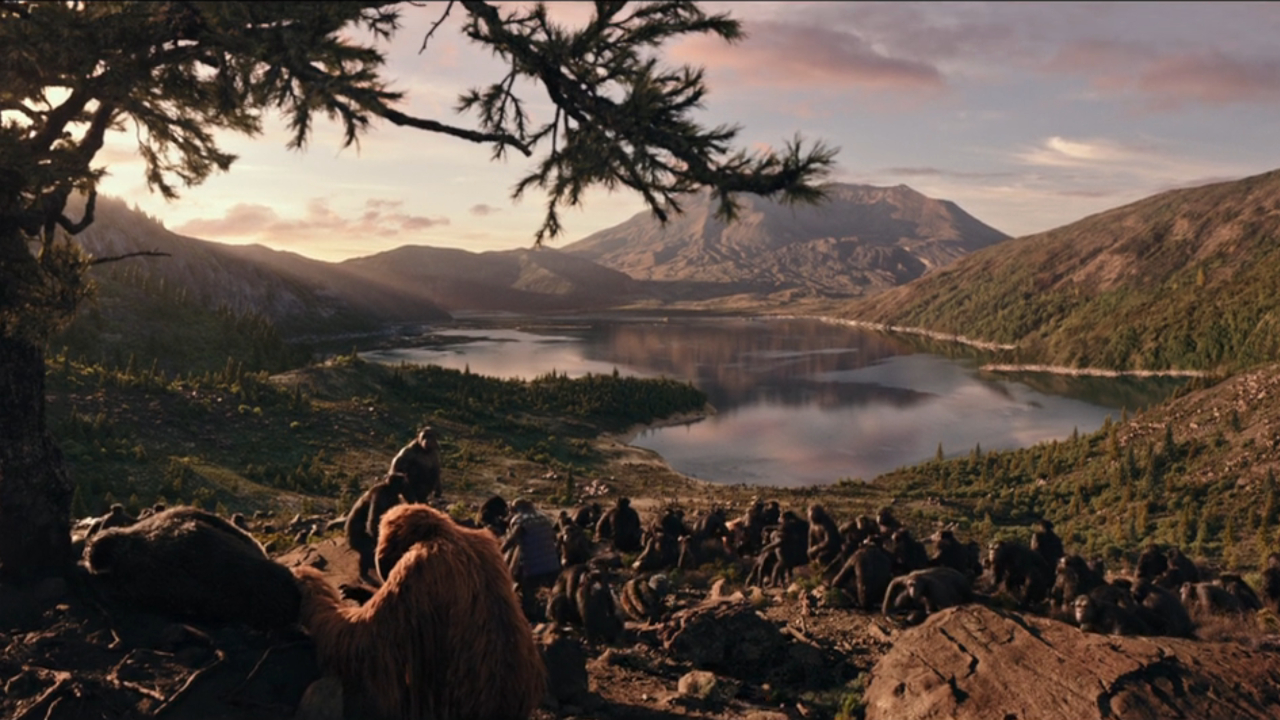
Caesar and his apes escape the batallion’s camp, which is eventually destroyed through both an explosion and its burial under an avalanche, just as rival human forces move in to secure presumptive victory at the Battle of the Border, secures the defeat of these military forces.
The freedom of apes comes at a cost though, as Dr. Rodman’s metaphorical son is mortally wounded by an arrow, just as he’s about to toss a grenade into a leaking fuel reserve. Eventually succeeding, it initially doesn’t look like Caesar’s wound is fatal. However, as he and Maurice sit on the edge of the new home that ape-kind will begin its next chapter of history, he is revealed to be dying.
Making a final pledge to his friend and leader, Maurice assures him, as he speaks with his freshly found voice, “Son will know who was father, and what Caesar did for us.” With one last smile, and a tear rolling down his cheek, Caesar dies in the dawn of a new day.
C. 2328/2428 – The Reign of Proximus Caesar
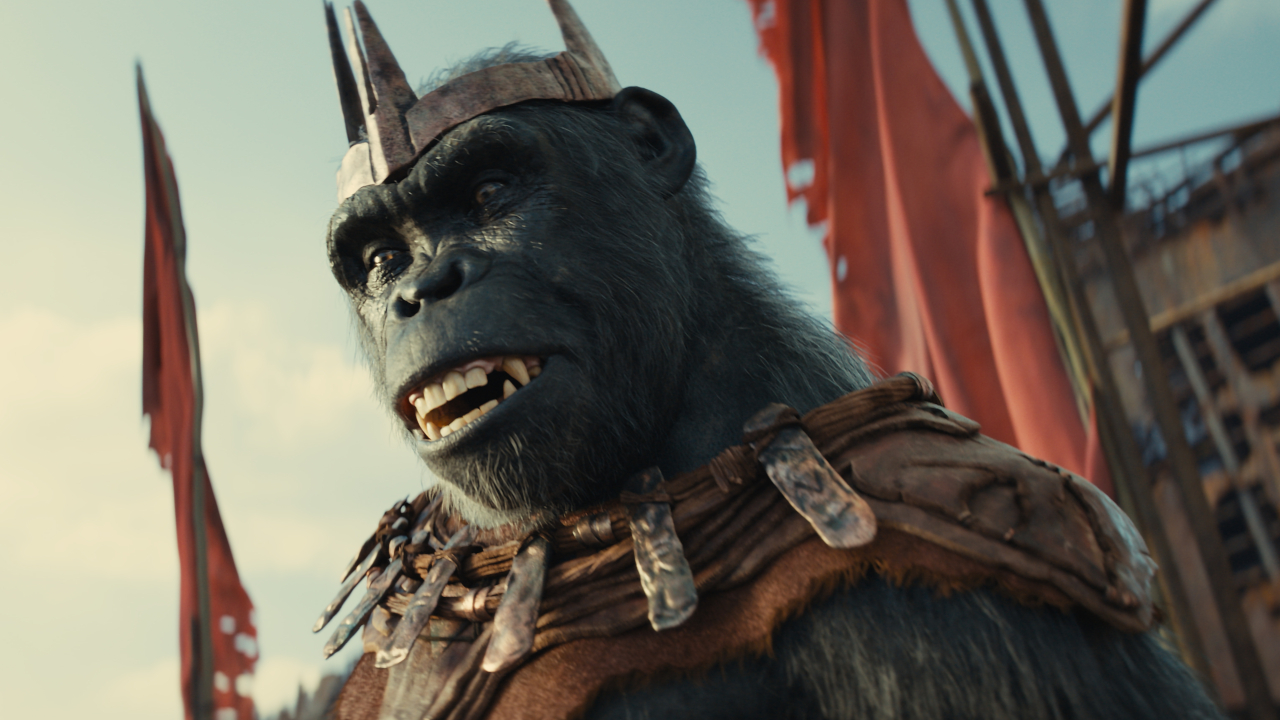
While Kingdom of the Planet of the Apes has been officially revealed to take place “Many Generations Later,” director Wes Ball has gone on record in the “Inside The Kingdom” featurette as setting this new chapter roughly three to four hundred years after War of the Planet of the Apes. As we’ve seen in the first trailer for Kingdom of the Planet of the Apes, and beyond, a lot has changed.
While our new hero Noa (Owen Teague) is part of a sect known as the “Eagle Clan,” the major power player is Proximus Caesar (Kevin Durand), a self-proclaimed ape emperor. With a plan to learn as much from humanity as he can, in the name of maintaining dominance, Proximus seemingly preaches the word of Caesar. The truth is something that Noa will eventually learn on his journey, along with plenty of other secrets the elders have been keeping locked away.
There’s a plan for a brand new trilogy of Apes movies, with Wes Ball’s potential sequel comments promising “a new tree to climb” in wake of Caesar’s legacy. As the epic Planet of the Apes story continues with Kingdom of the Planet of the Apes, new doors will open with fresh paths for future tales to travel. Where that journey goes next is exciting, especially when taking into account the hard fought history that took place so long ago.
